Just because your yard, porch, or plot of land is permanently sitting in dappled shade, it doesn’t mean you have to give up on gardening or providing your family with homegrown goodness. Plenty of vegetables are perfectly capable of growing in partial shade. You’d be surprised at just what you CAN grow!
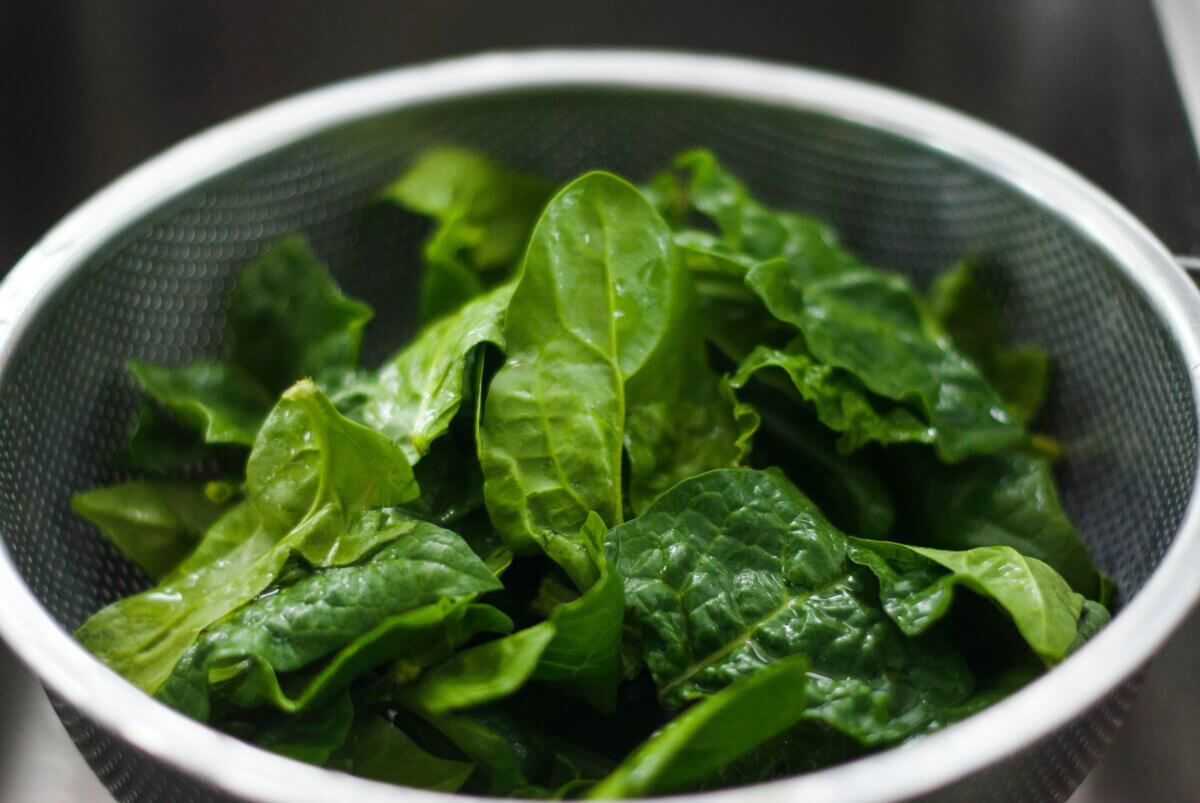
Full Sun, Partial Shade, Or Full Shade?
How much shade? That’s the first question to address. There are two types of shade: full and partial. Full shade refers to a piece of land that receives less than 4 hours of direct sunlight during a 24-hour period. Usually, this means that there’s a structure — natural or otherwise — that’s blocking sunlight for a portion of the day.
Partial shade, on the other hand, refers to an area that gets direct sunlight for between 4 and 6 hours per day. Full sun, which is desirable for many fruiting crops (e.g., tomatoes, eggplant, peppers) is more than 6 hours of direct sunlight.
Thankfully, many plants prefer partial shade, especially during the height of the summer months when the heat can be unbearable.
What You Should Expect With Partial Shade Areas
Adjust your expectations when growing in partial shade areas. Plants that prefer full sunlight hours will grow slower in shady locations. Even plants that tolerate shade may have slower growth rates than if they were grown in bright sunny spots.
I used to have a garden that received very few hours of full sunlight per day. My plants might receive at most 5 or 6 hours of direct sun. Exposure would mostly be in the morning which was excellent for growing greens since a break from the hot afternoon sun was welcome. When I moved and began gardening on the land where I live today, I quickly noticed a difference in the growth rate of my crops.
My plants were suddenly bursting forth with lush foliage. Carrots had frilly green foliage, tomato plants grew seemingly overnight, and seedlings sprouted incredibly fast. What had changed? It was, of course, the sun. I went from a garden space with an average of 4 hours of bright daylight exposure to an area where the sun shone brightly nearly all day long from sun up to sun down.
Whether you’re gardening in partial shade or full sun, you’ll meet different challenges. In the sun, you may deal with leaf burn, premature bolting, and rapid moisture loss. In shady areas, you may encounter slower growth, excess moisture, and unexpected cool spots.
Regardless, you can indeed grow vegetables in a spot with partial sunshine. Here are a few suggestions.
Kale

Every garden should be growing kale. It’s nutritious, tasty, and handles a range of temperatures with ease. While it prefers full sun, it’s perfectly capable of leafing out in partial shade. This plant requires fertile soil with a loamy consistency. Water regularly, but don’t overdo it and drown your kale. Suitable for all zones.
Lettuce

Avoid paying for overpriced gourmet lettuce at the supermarket and grow your own. Lettuce thrives in cool weather and does better in the shade, especially when temperatures start to rise. Full sun can increase the chances of premature bolting, so choosing a semi-shaded spot is ideal for summer lettuce.
Related Post: Growing Lettuce
Lettuce is shallow-rooted, so it doesn’t require a deep pot or planting area, but it does like loamy soil. Soil should be consistently moist. Drought may cause lettuce to bolt early. Lettuce grows best in zones 4 to 9.
Carrots
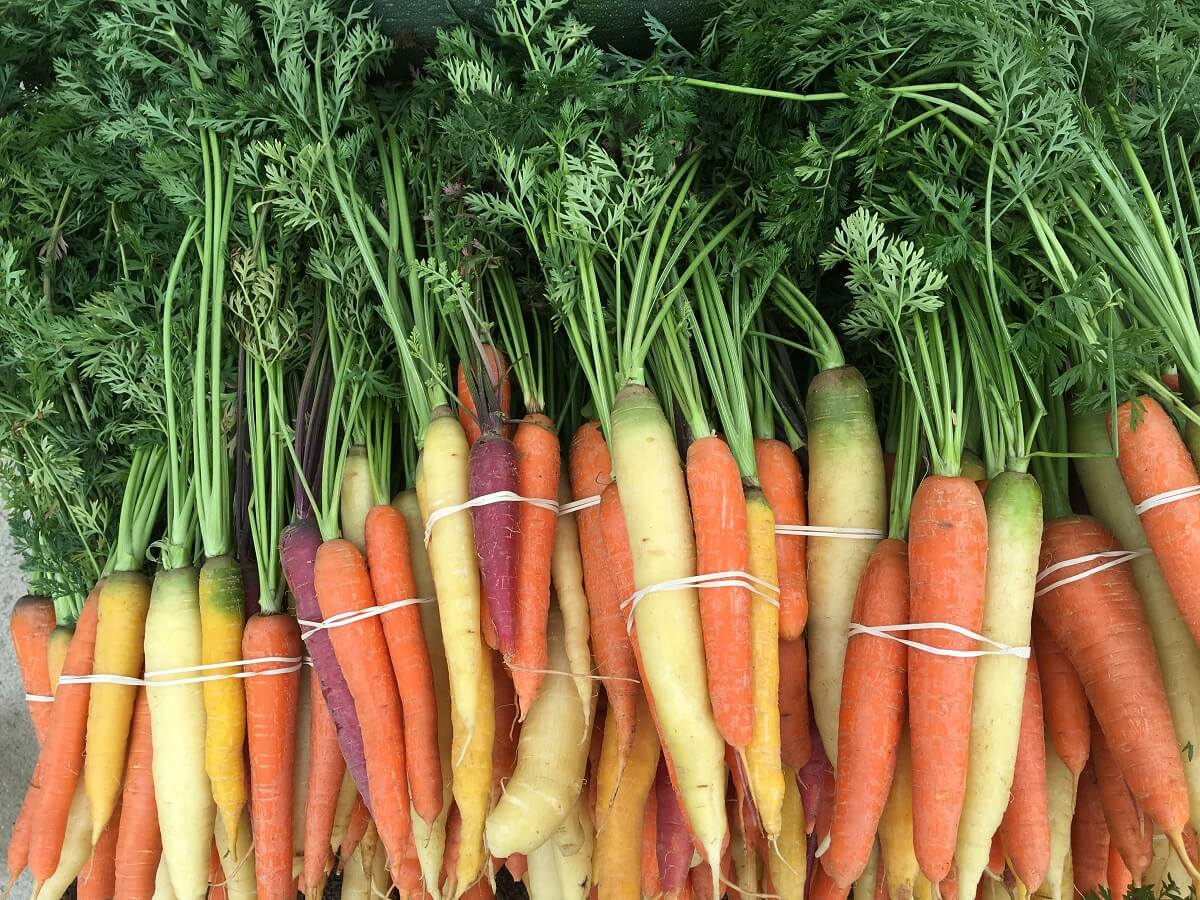
Carrots never taste better than when they’re pulled straight out of the earth. I love root crops because you never quite know what’s hiding beneath the soil. While carrots grow quickest in full sun, they’ll do fine in partial shade — just adjust your expectations.
Related Post: Growing Carrots
Days to maturity in partial shade will be different than what’s mentioned on the seed packet. Grow carrots in sandy soil with a neutral pH, and avoid soil that’s rocky and full of debris. Water evenly to prevent craggy growth. Carrots are suitable for zones 3 to 10.
Chard
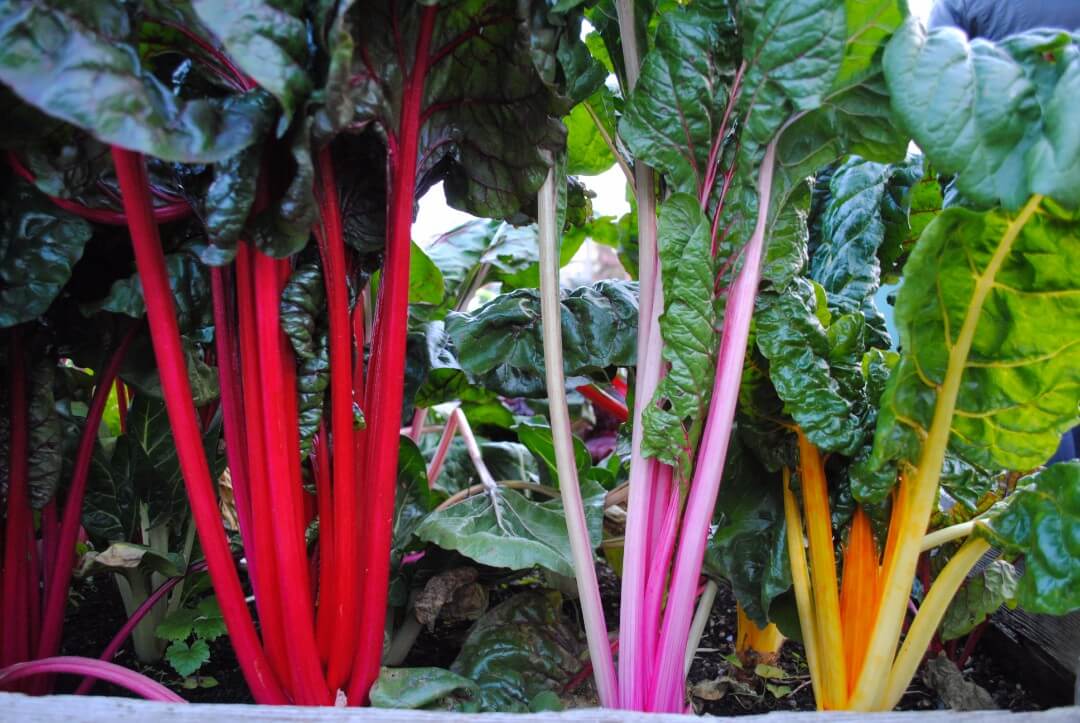
Like kale, chard has staying power in the garden. Choose varieties with colored stalks to add interest and dimension to your garden plot. Plant this leafy green vegetable in fertile soil and mulch to conserve moisture. Chard will grow well in either full sun or partial shade. It’s suitable for zones 3 to 10.
Peas
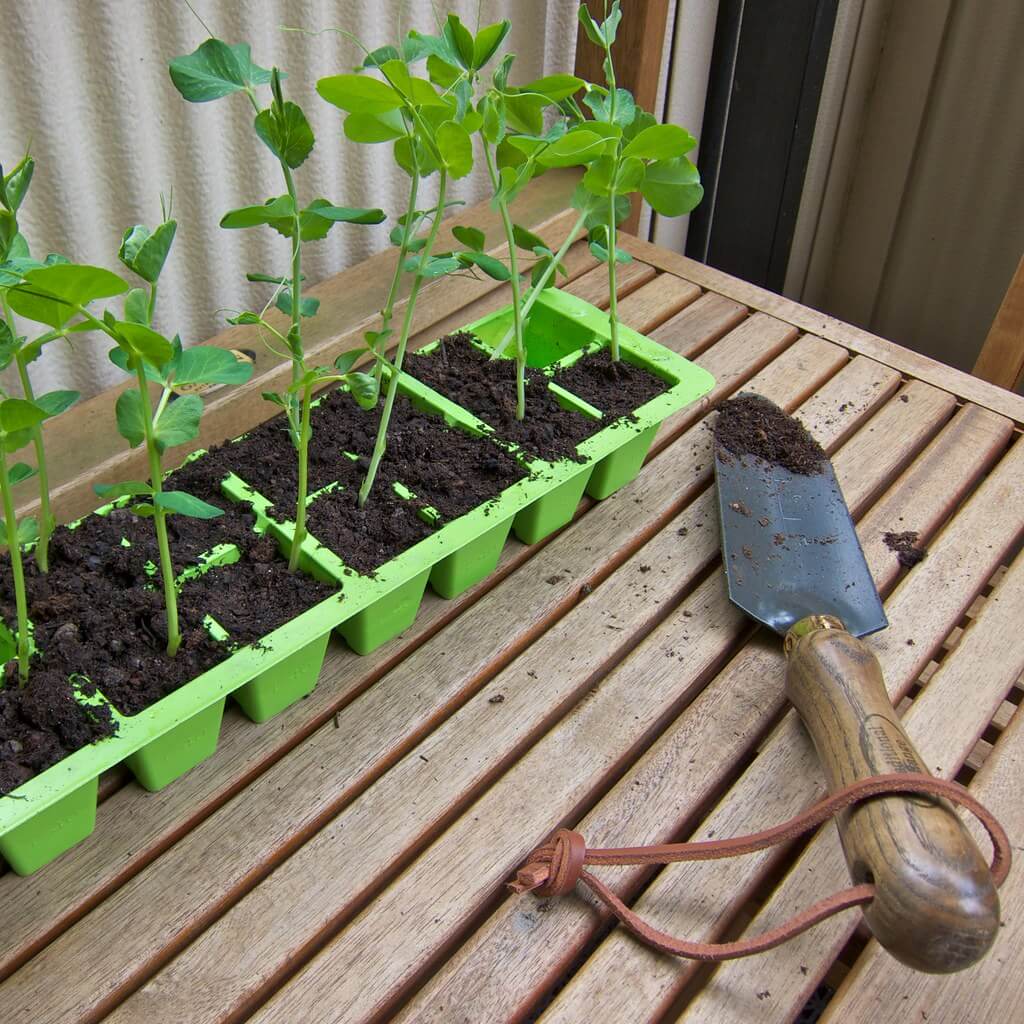
Peas are one of the first spring veggies to be sown in many gardens, and they grow in full sun or partial shade. Plant in soil that’s been amended with compost and water occasionally. Peas grow in zones 2 to 9.
Beets

An underrated root crop, beets grow well even with fewer hours exposed to full sun. Harvest the whole beet, but don’t forget to use the leaves — they’re also edible and incredibly nutritious.
Related Post: Companion Planting For Beets
You’ll experience slightly slower growth rates in the shade, but roots will indeed form just the same. Choose a spot with fertile, sandy soil, and water regularly since beets need lots of moisture to grow. They grow well in a range of zones from 2 to 10.
Arugula

For salad greens that are almost effortless to grow, choose arugula. The spicy leaves grow rapidly, even in the shade. Too much sun contributes to early bolting in hot weather. Arugula tolerates nearly any type of soil but requires frequent watering to maintain even moisture levels. Grow this zingy salad green in zones 3 to 11.
Spinach

Exposure to full sun will often slow spinach growth to a crawl and encourage super-premature bolting. This cool season vegetable grows best in loamy soil with a neutral pH. It enjoys a bit of shade, especially when it begins to heat up outside. Water consistently and avoid letting the soil dry out. Grow spinach in zones 2 to 9.
Mustard Greens

A lesser-known cool weather green that’s an excellent addition to salads and stir-fry, mustard greens are nutrient dense and grow just fine in partial shade. Grow them in nearly any zone, but in zones 7 plus, a bit of protection will keep your mustard plants alive all year round. Regular watering is necessary to prevent bolting. Many varieties tend to go to seed when the weather heats up.
Potatoes
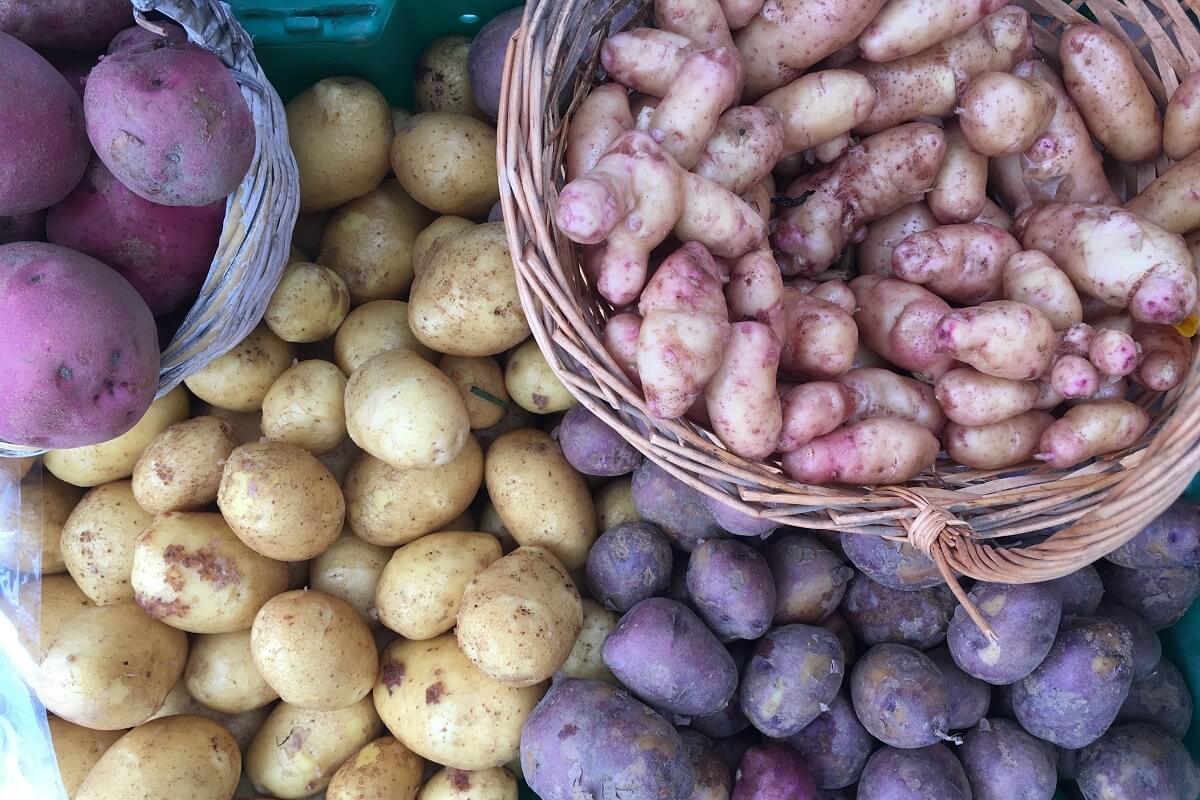
While full sun is recommended for growing potatoes, I’ve successfully harvested tubers after a season of growing in partial shade. Grow taters in acidic, sandy soil, and ensure they receive regular watering. Potatoes do best in zones 1 to 7. For warmer climates, sweet potatoes are a worthy alternative.
Radishes

Radishes are one of the fastest growing vegetable crops. In the shade, they’ll grow a little slower, but they’ll grow all the same. Add them to salads or pickle them as a side dish for an Asian-style dinner. Plant in loose, fertile soil with a neutral pH, and don’t forget to water this thirsty root crop. Grow radishes in zones 2 to 10.
Tomatoes

You didn’t think you’d find tomatoes on this list, did you? While tomatoes are definitely tailor-made for basking in the sun, they will grow in partial shade. I have successfully grown tomato plants in very shady conditions. The caveat? They grow very slowly and don’t produce as much fruit.
Related Post: Growing Tomatoes
The key is to transplant relatively large seedlings into the ground. If you start tomatoes indoors, start them earlier than usual when you’re transplanting to a shady area. Water tomatoes frequently without drowning the roots. Steady watering is essential to prevent cracking of fruit. Tomatoes prefer acidic soil and are suitable for zones 2 to 11.



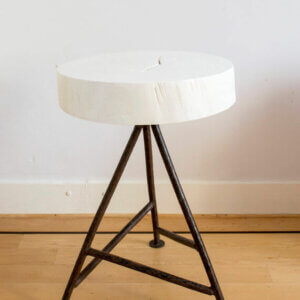

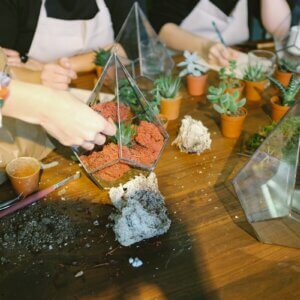
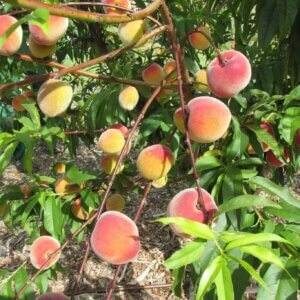

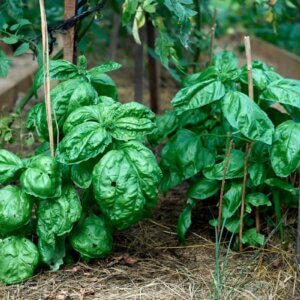
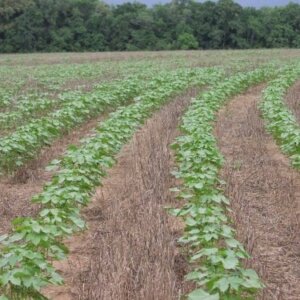

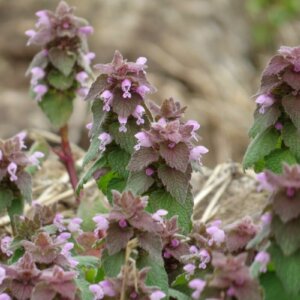
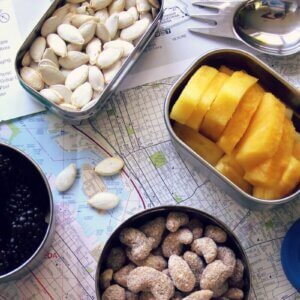
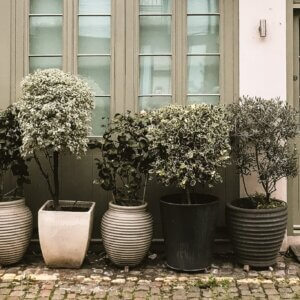
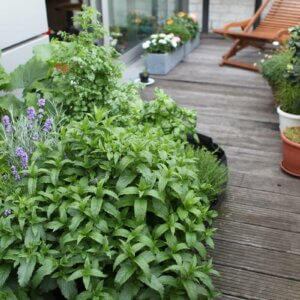
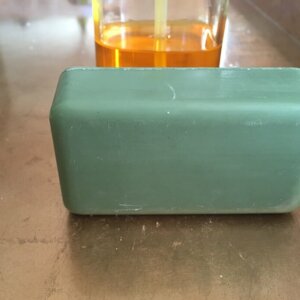
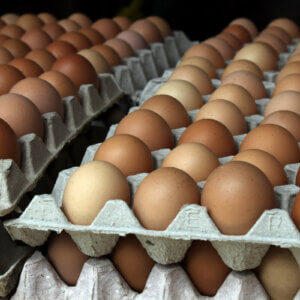
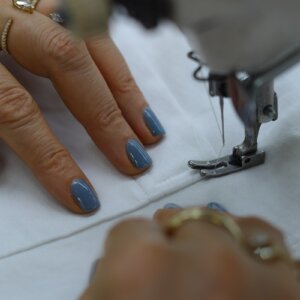

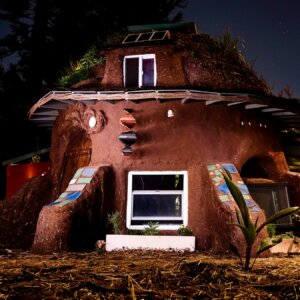
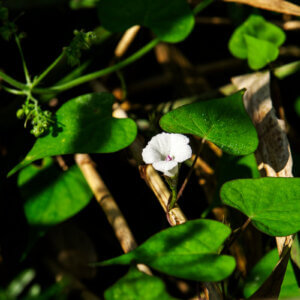


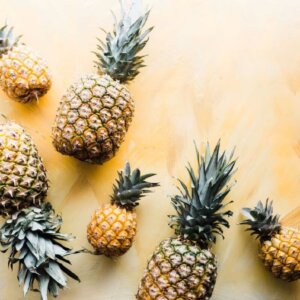
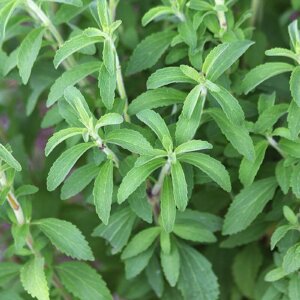
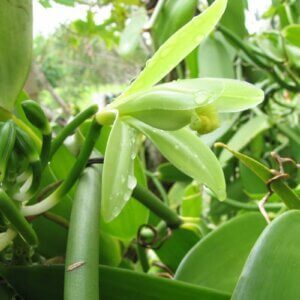
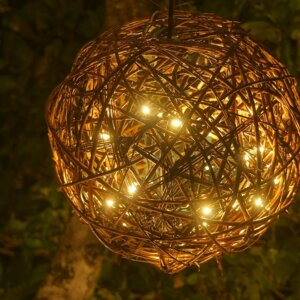


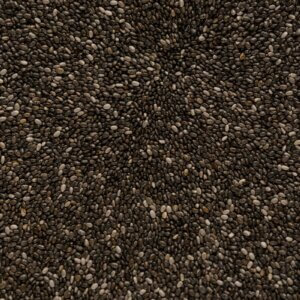
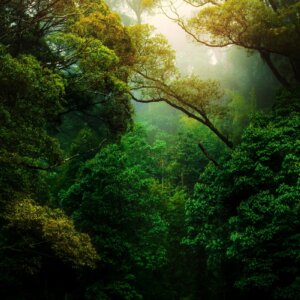
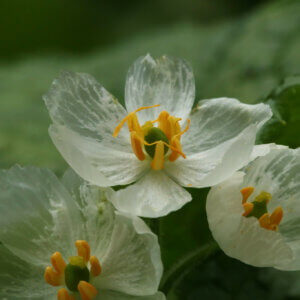



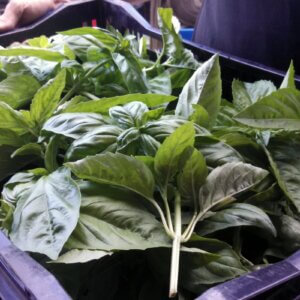

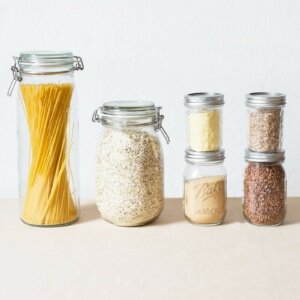



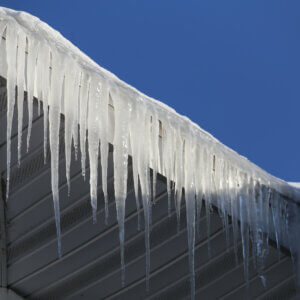
Your garden does not look like it is in shade, even partial shade, Kane. To make enough food for not only the plant itself but for us humans takes one heck of a lot of photosynthesis. That can not be done in SHADE. I disagree with the 4 hours of sun. That would be partial shade not full shade.
Hot summers can be ameliorated with Reemay!! But make no mistake, vegetables should be in full sun, or a greenhouse which happens to BE partial shade. It is wrong to show all these yummy vegetables that (come on) were not grown in shade or partial shade by your definition. Why even bother trying to grow plants in the shade that again, were never meant to be in shade?
None of the pretty pictures of vegetables were grown in the shade. Send pictures to prove? I care about making gardeners out of wannabees and this information is just wrong.
Bolting is caused by extreme changes in temperature; either up or down. Not more sun. See the difference? Reemay is a gardener’s best friend. Do a video or article about Reemay!! Do an article about soil! Decomposers and then the soil organisms. How about how to compost correctly? How to make plant beds ONE TIME only by double digging. The difference between decomposed and raw organic matter? How fertilizer is not FOOD. How fertilizer is NEVER in soil unless we PUT IT THERE. Nature’s condom!
Photosynthesis takes: SUN, water, the roots need air so drainage is critical, stable temperatures (Reemay this is like a blanket for a plant bed to reduce too hot days and bring temperatures up 10 to 20 degrees F beneath the blanket for cold nights and extending the season not to mention protecting a cash crop from certain insects!!), MOVEMENT of the air…blowing the O2 off of leaves so that there is CO2 the leaf can uptake for photosynthesis…as well as mitigating fungus. Then the chemistry is as follows: Nitrogen, Phosphorous, Potassium…the micro which I only add if the plant is showing positive symptoms of deficiency or excess: Boron, Silica, Calcium, Iron, Zinc, Magnesium, Manganese, Molybdenum, Copper, Sulfur…there is no way these elements will be found in any soil unless we put them there. The micronutrients are needed in such tiny amounts they sort of come with soils that have been improved by dumping DECOMPOSED organic matter on the surface. No compost comes with fertilizer. No compost should be used as a plant medium. All potted plants have to have just sterilized potting soil, no soil from the garden at all!
Just a few points. If you have questions or disagree we could have a discussion off of the comment forum. Telling people that they can grow in the shade and by golly growing vegetables in the shade is a good thing is a wrong wrong thing. One of my points AGAINST the silly “Food Forest” fad.
Hi Stormy! As someone cultivating and nuturing my own food forest at this present moment, I have to disagree with many of your points. And that’s okay–that’s what starts discussion, right? Some plants are designed to grow in shade–just look at the understory of any healthy forest, and you’ll see it lush with plants that can’t grow in full sun–they’ll die! The philosophy of a food forest is to mimic a forest edge–the incredibly biodiverse zone where many useful plants are cultivated. And, the trees themselves are a source of food too-we have fruit and nut trees growing in guilds so that every plant growing in that incredibly rich zone is beneficial to us. The “fad” is hardly so, since it is based on the design of the actual world which has been around since…well, the beginning of time, haha. Native Americans in my home state of Ohio cultivated food forests, for the record!
I had to look up what Reemay was–depending on a plastic floating row cover for crop protection is one of many different strategies. Some of us prefer stuff that can compost and enrich the soil, rather than get thrown away at the end. There’s so many ways to garden–not just one “right” way, right? And for those with a shady backyard, it’s good to know that you can at least try to garden, rather than not even attempting. Maybe the yields won’t be as good, like the article says, but it’s better than nothing!
Thanks for the information, Steph! I’ve been experimenting with growing some plants in some less-than-ideal locations on our property, just to see if we can get those spaces to work anyway. Worth a try! Weirdly enough, my potatoes growing in partial shade are doing so much better than the full-sun ones! I have no idea why…so many variables to consider, but it’s been interesting to observe!
Stormy…Many herbs and greens do better in my zone 4b morning sun garden with only 4 HRS. OF FULL SUN-I would call it bright shade after that…. You make some good points but a lot of of what you’re saying is completely dependent on where you are in the world, how far north, how strong the sun is etc…. The only way to find out is to try where YOU are!
Most gardens will produce SOMEthing